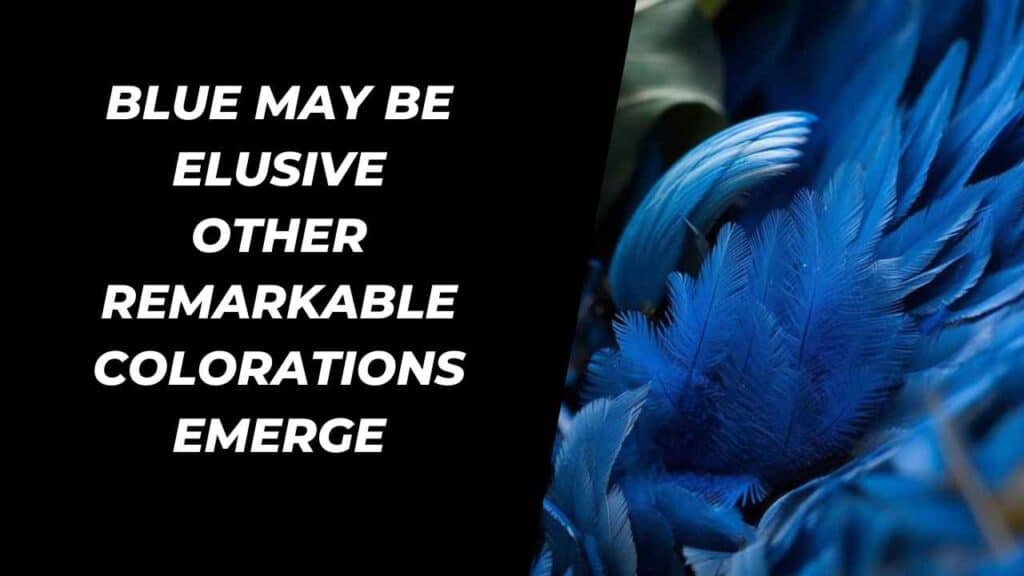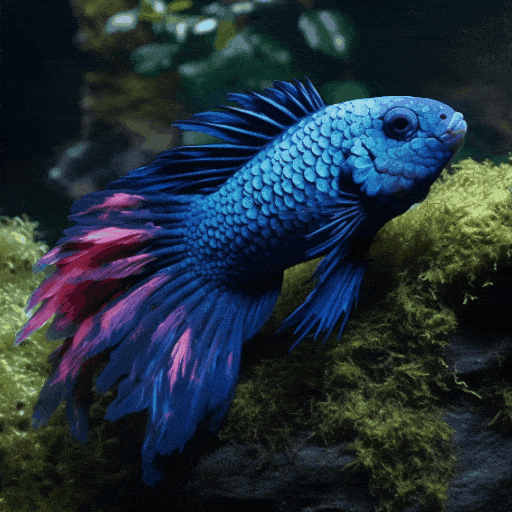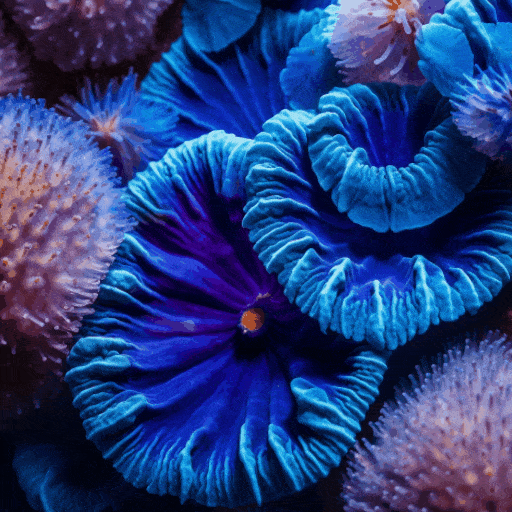Table of Contents
Toggle1. Unusual Colors In Nature



Unusual colors in nature captivate our imagination, showcasing the diversity and creativity of the natural world. While blue may be elusive, other remarkable colorations emerge. The glass frog, adorned with transparent skin, effortlessly camouflages itself within its environment, confounding predators.
The yellow king penguin stands out amidst its black and white counterparts due to a condition called leucism, which hinders pigment production. Interestingly, plants lack blue pigments, but the blue morpho butterfly employs intricate structures to manipulate light, resulting in its enchanting blue hue. These examples remind us of nature’s ingenuity and its ability to create astonishing colors that defy our expectations.
Also Read : 10 Cute Animals That You Need To Run Away From
Also Read: Sports Photos Taken At The Right Moment To Make You Laugh
Also Read: 10 Reasons Why You Should Invest In Cryptocurrencies Now
Also Read: 10 Tips For Adjusting To A New Culture When Studying Abroad
Also Read: 100 Incredible Dog Breeds That May Surprise You!
Also Read: She Slept With Her Pet Python Every Night Until The Vet Revealed The Startling Truth
Conclusion
The scarcity of animals with blue colors is a captivating aspect of the natural world. From Abbott Thayer’s theories on animal coloration to the evolutionary significance of vibrant hues, we’ve explored the strategies and adaptations animals employ to survive and thrive. Whether through countershading, warning colors, or unusual colorations, the animal kingdom continues to fascinate us with its ingenious methods of blending in or standing out in the diverse tapestry of nature.
Source Image : discord.com




